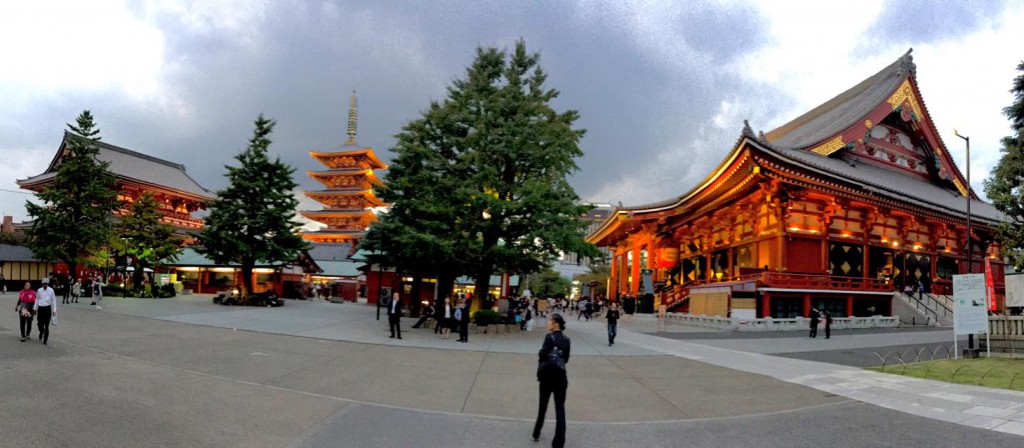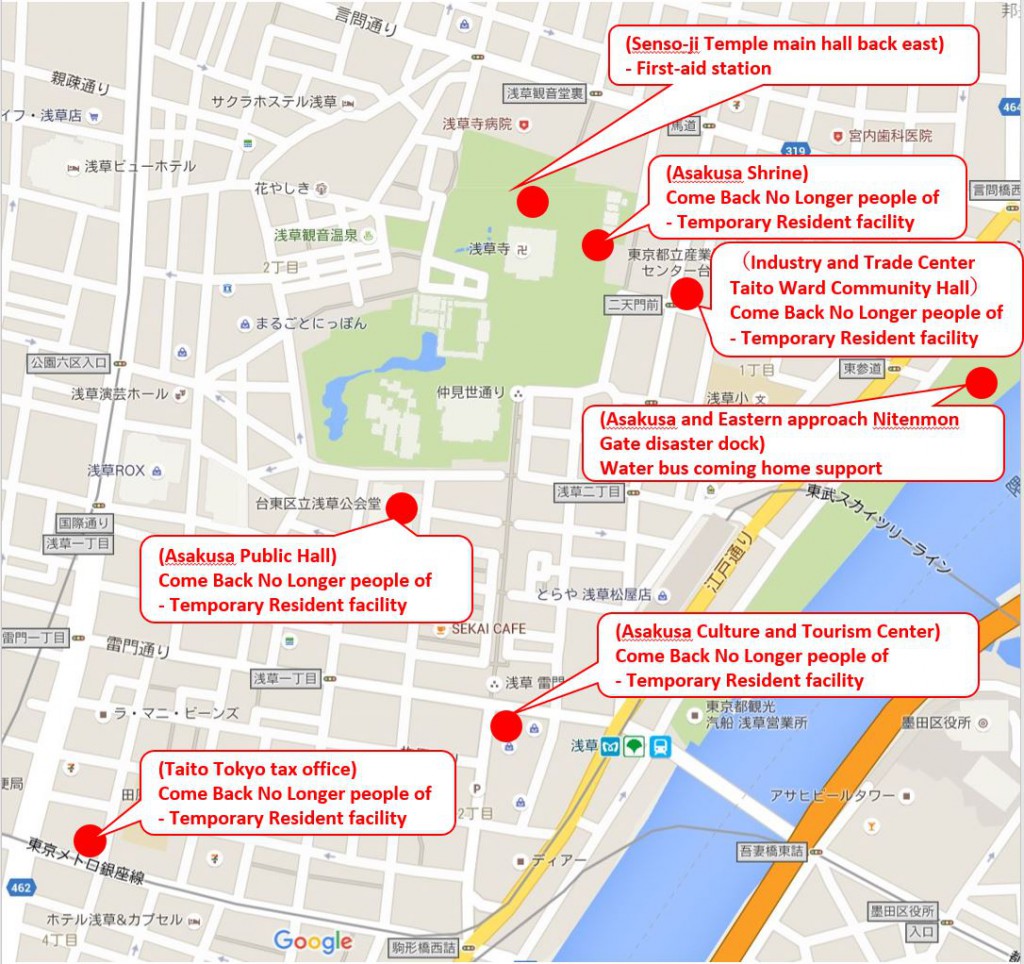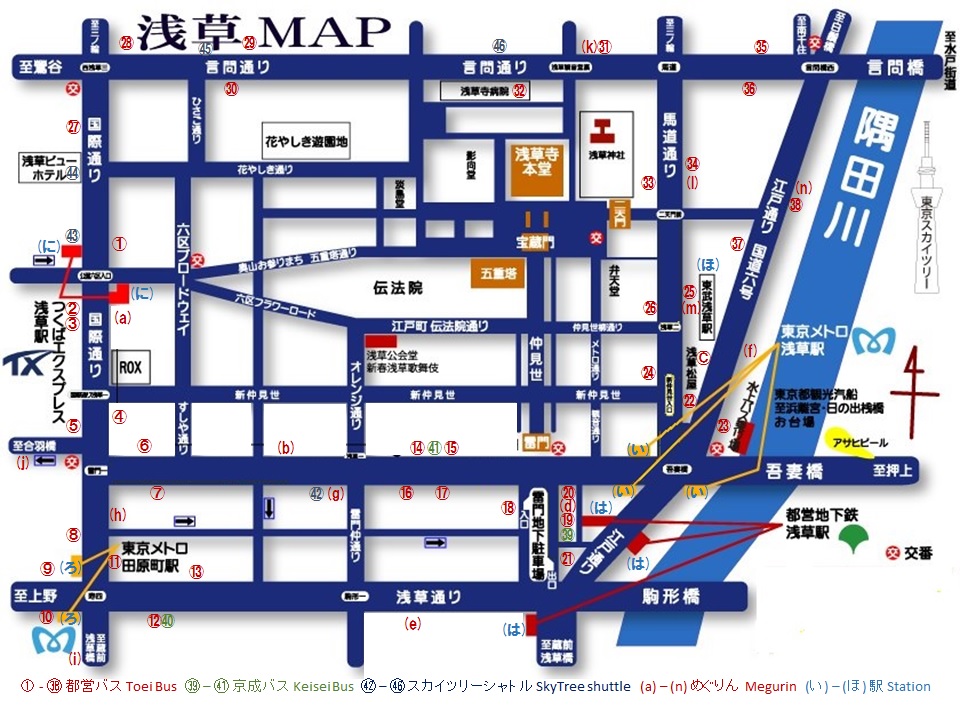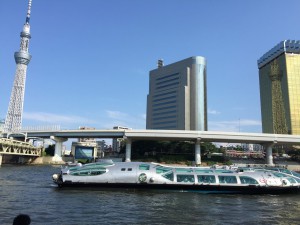Sensoji temple Asakusa sightseeing seven Lucky God Daikokuten

Emperor Suiko 36 (628) was March 18 th unknown in the early hours. The Buddha statue was integrated with the fishermen’s Hinomaki Hamasaku (Hinokuma no Hamamari), Takezu (Takebe) brothers’ net, which was fishing at the current Sumida River. I knew that it was a majestic mastermind Majin no Makoto (Masakazu Hajima) as a precious Kannon statue, devoted himself deeply, decorated his house as a temple, served the Kannon statue, served in worship dedication. This is the beginning of Sensoji Temple.

In 645, the Katsuhi superstitute stood in this place and built Kannondo, and by honor, the main honor was declared a secret Buddha and became the center of the Kannon faith of Musashi country.
From the many relics excavated at the current main hall reconstruction work, it turned out that Kinryuyama Sensoji Temple had set up the cathedral of the temple in one fishing village here in Musashino at least during the Heian period.
Beginning in the Heian period, the maintenance of the cathedral was carried out by the visit of the merciful doctor, after which the group of believers became even thicker. Since then, we call the merciful doctor Zhongxing Zhongshan.
After the Kamakura Period, the Shogun himself devoted himself and gathered the extraordinary faith of the captains and began to be known as the Kannon Shrine.
In the Edo era, there was also a proposal by Amemasa Amami (Uenohido Eiyan Kanonaga), a prayer place of the Tokugawa shogunate, famous among the common people as the center of faith and culture of so-called Edo, see the prosperity afterwards It became like it.
Today, the development of Tokyo (Edo) tends to start in the Tokugawa shogunate from the construction of Edo castle, but in this way Asakusa has long been a place of religious and cultural Edo base It was a translation. Even when Edo changed to Tokyo, it is natural that he played the pioneering role of civilization and functioned as a major center of faith and culture of the common people.
It is Asakusa Temple where the Daikokuten is enshrined.


















